At least part of the ongoing success of Baldur’s Gate 3 could be considered a result of Larian Studios’ willingness to experiment with elements of the Forgotten Realms beyond the core fantasy tropes, a direction that has now paved the way for future titles in the franchise to continue exploring. By focusing on an illithid crisis and the Dead Three in recent lore alongside a variety of factions weaved into the party and narrative, Baldur’s Gate 3 has shown that the series can handle a story outside the existing Bhaalspawn legacy of previous games. There’s plenty of room for BG4 to delve deeper into many of the open threads, but there may be even more benefit to taking a different approach by expanding the franchise outside the titular city and into Thay.
Untapped in the wider narrative of BG3, the Red Wizards of Thay are name-dropped several times in a way that can see them blending in with the other cult-like organizations in Faerun. With rich lore behind their presence in Dungeons and Dragons, however, this faction of dark spellcasters who initially appear cartoonishly evil actually bear a complicated history across decades of appearances. After having a strong presence in the Honor Among Thieves film, the Red Wizards could serve as a solid foundation for a brand-new take on the Baldur’s Gate series’ CRPG formula.
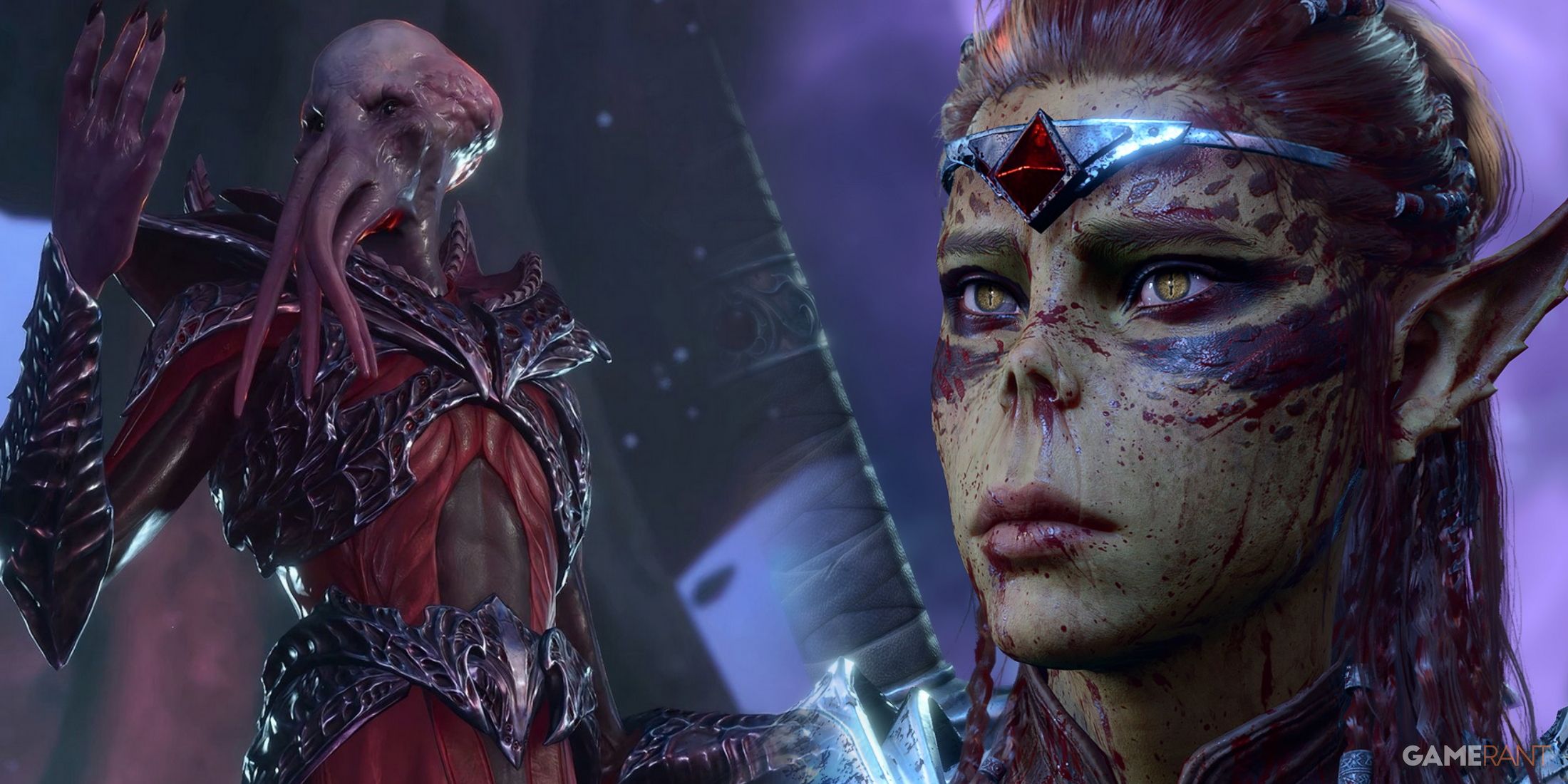
Related
Baldur’s Gate 4 Would Be Wise to Avoid One Issue With Its Story
While the successful innovation of Baldur’s Gate 3 has already set the tone for a sequel, not following one example might be best for the next game.
The Lore of the Forgotten Realms’ Red Wizards of Thay Makes Them a Promising Antagonistic Force
Conquest, Civil War, and the Effects of Szass Tam’s Lichdom
Founded centuries ago in the Forgotten Realms timeline, the Red Wizards have evolved from what began as the elites of a “magocratic” society into a broken order of necromancers and reformists. Their country of Thay in Dungeons and Dragons was ruled by eight Zulkirs, each a representative of one of the schools of magic in a system that brought the nation glory. The necromancy Zulkir Szass Tam rose to power in a coup before becoming a lich and making his own council of fellow undead rulers in a series of events that has now led to the mass use of reanimated servants in Thay.
From Prosperous Enclaves to a Fractured Order
Those who refused to follow Tam became exiled Red Wizards known as reputable arcane traders, and rebel Thayan Resurrection movement eventually gained serious traction. As they are present in current media, the different sects of what was once a united faction have varying interests and senses of morality in an example of the serious depth to Dungeons and Dragons‘ Forgotten Realms setting.
The Intrigue of the Thayan Red Wizards Could Support an Entire Baldur’s Gate Spin-Off
The Complex Division of Thay is Practically Begging for Engaging Moral Dilemmas
There’s significant room for ambiguity and decision-making in centering Baldur’s Gate 4 around the Red Wizards, but their lack of an explicit connection to the city of Baldur’s Gate itself makes the group a better candidate for the premise of an outright spin-off. By returning to a place like Athkatla, or even being set within Thay itself, a new title could hit the same marks as BG3 while also being isolated enough to stand on its own with a separate cast. Dungeons and Dragons: Honor Among Thieves‘ scheming undead villain Sofina may have raised their profile in a major film release, but the shifting politics of the Red Wizards leaves the door open for various key roles to be taken up.
Depending on how class options are handled, playing as a Red Wizard from any one of the sects could come with a built-in main conflict to drive a story. The lawful evil Edwin Odesserion brought drama to the parties of the Baldur’s Gate duology as just one member of the faction, but dealing with entire portions of the broken order presents a powerful basis for the sort of emotional struggle and ideological expression that the franchise’s best stories focus on.
Source link
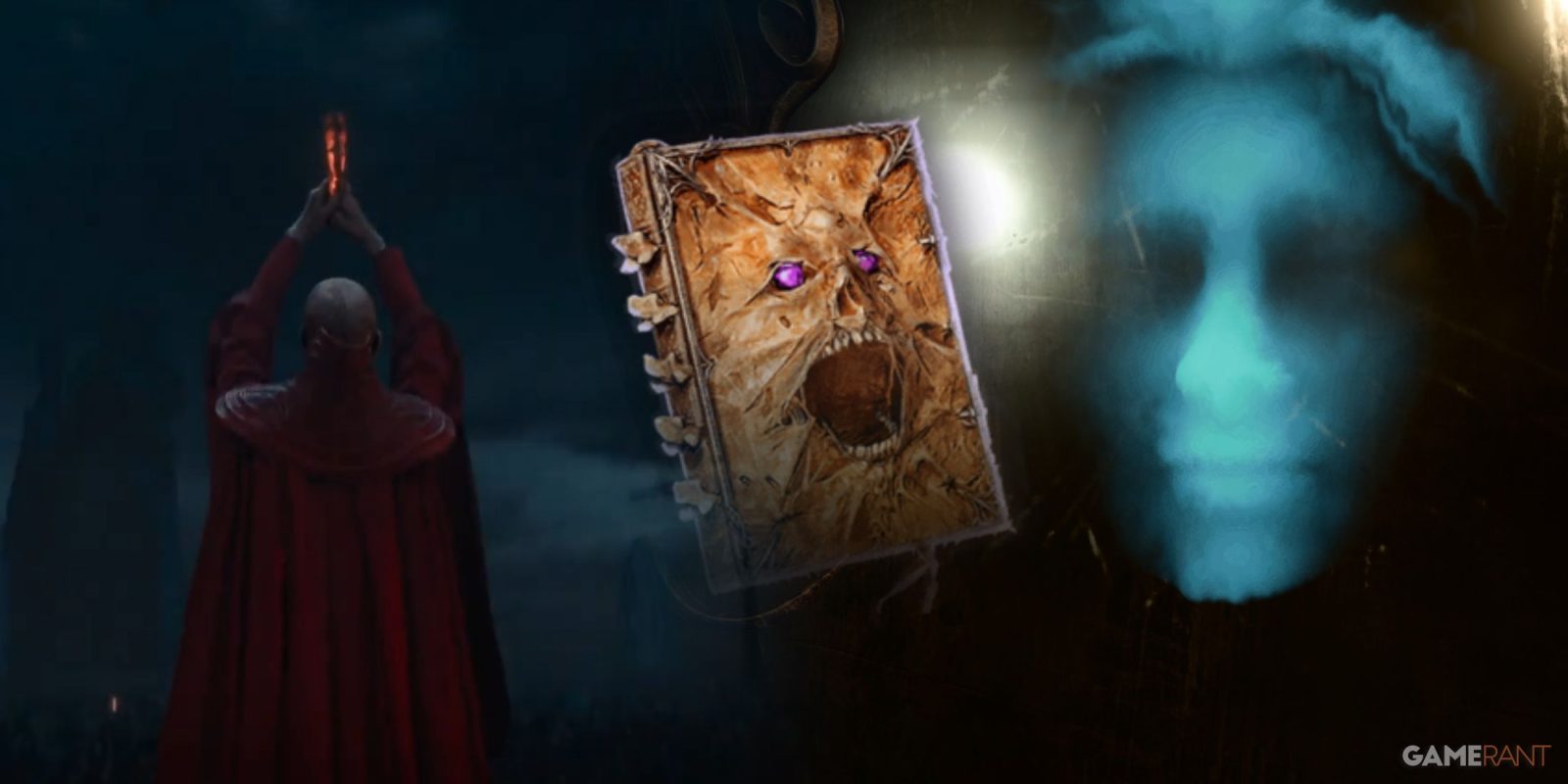

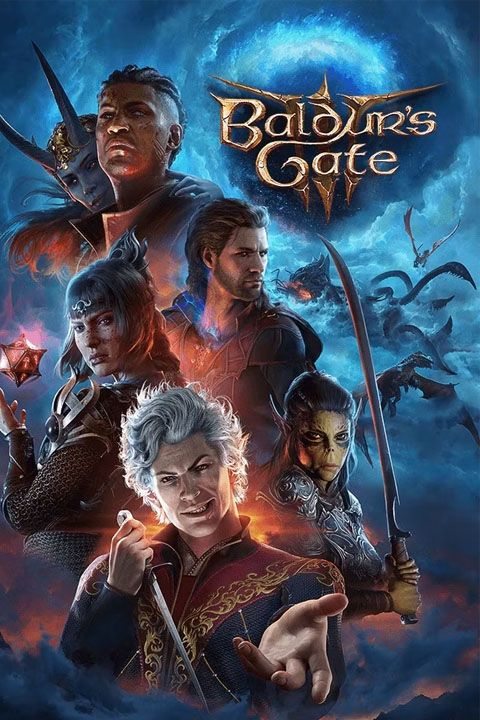

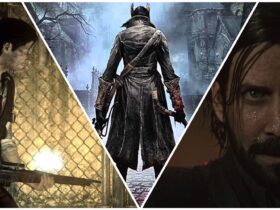





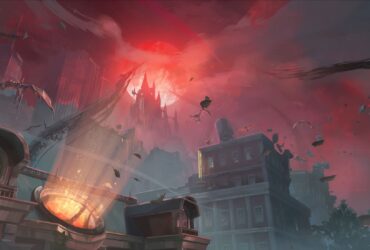

Leave a Reply